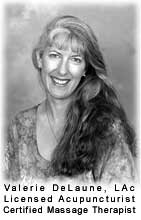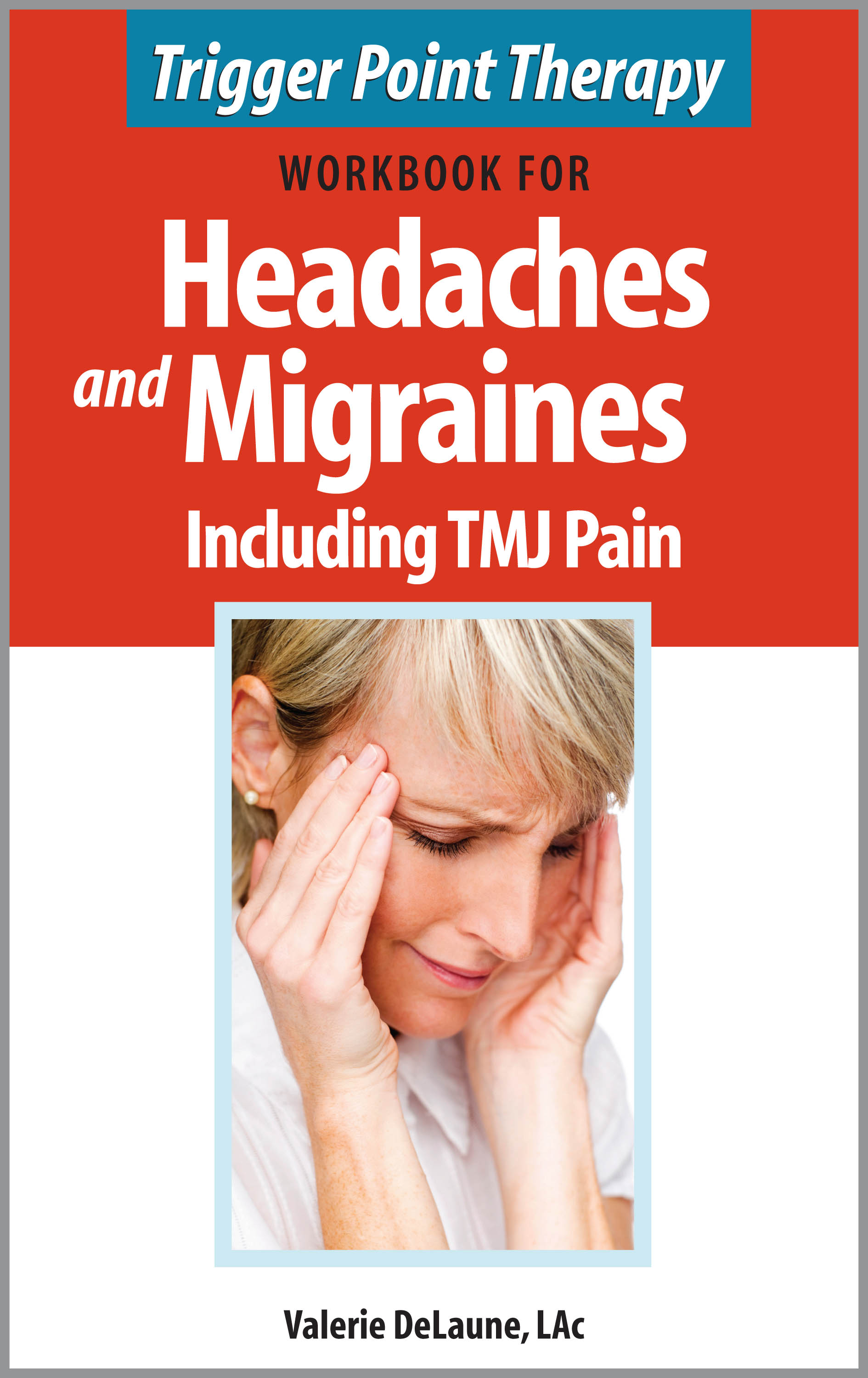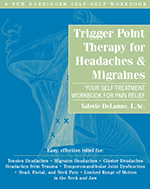
Introduction (Excerpt)
If you’ve picked up this book, chances are that you suffer from headaches that occur frequently or that are intense or debilitating. You’re certainly not alone; by some estimates, forty-five million Americans suffer from chronic, recurring headaches, and headaches are responsible for more missed days of work and school than any other cause (Cleveland Clinic 2007). Despite this, there’s seldom a magic bullet for curing headaches. In part, this is because the causes of headaches are often wide-ranging and complex. Until the underlying or perpetuating causes are addressed, they usually recur. Headaches can be an intractable problem because some of the causes are seldom recognized.
This book will help you sort through the potential causes of your headaches and offer self-help tips to address those perpetuating factors. In part I, you will learn about what trigger points are, general information about treating them, and their role in causing headaches, migraines, and temporomandibular joint dysfunction. Part II will help you identify perpetuating factors that are causing your pain and causing trigger points to form, such as poor body mechanics, poorly designed furniture, dietary factors, stress, sleep problems, and acute and chronic illnesses. It will also give you suggestions for how to eliminate those causes. Part III will teach you where to find trigger points and how to treat them by applying pressure and stretching the muscles.
My Background
 I attended massage school in 1989 and learned Swedish massage. I learned to give a very good general massage, but trying to solve a patient’s muscular problems was often frustrating and elusive. I saw a class on neuromuscular therapy (which combines a type of deep tissue massage with treating trigger points) in the Heartwood Institute catalog and was very intrigued by the description. I attended the class in 1991, taught by Jeanne Aland, and it completely changed my approach to treating patients.
I attended massage school in 1989 and learned Swedish massage. I learned to give a very good general massage, but trying to solve a patient’s muscular problems was often frustrating and elusive. I saw a class on neuromuscular therapy (which combines a type of deep tissue massage with treating trigger points) in the Heartwood Institute catalog and was very intrigued by the description. I attended the class in 1991, taught by Jeanne Aland, and it completely changed my approach to treating patients.
The most important thing I learned about trigger points during that class is that they refer pain to other areas in fairly consistent patterns. For example, pain felt on your forehead may be coming from a muscle in your forehead, but it may also be coming from a trigger point located in muscles on the front of your neck. Knowledge of referral patterns gives us a starting point of where to look for the trigger points that are actually causing the pain. Once I learned this, I was able to start solving problems consistently, even in cases where people had been led to believe they would have to live with their pain.
I bought Janet Travell and David Simon’s first volume on the upper half of the body, Myofascial Pain and Dysfunction: The Trigger Point Manual (Travell and Simons 1983), and then anxiously awaited completion of the second volume on the lower half of the body, which came out in 1992. While the neuromuscular therapy class taught me about trigger point referral patterns and how to search for and treat trigger points, the books taught me so much more—about causative (perpetuating) factors, symptoms other than pain referral patterns, and some self-treatment techniques I could teach to patients.
Over my years of treating thousands of patients, I have added my own observations and developed a variety of self-help techniques. In 1999 I received my master’s degree in acupuncture, and since then I’ve been specializing in treating pain syndromes and trigger points with acupuncture.
How This Book Is Organized
Of the pain syndromes I treat, the most common are headaches, upper back pain, and neck pain. As you read through the book, you’ll learn how these are related to each other, and how muscular problems can play a very significant role in headaches, even migraine-type headaches. Because trigger points are so often involved in headaches, learning self-treatments techniques is critical to obtaining long-term relief in the majority of cases of headache pain.
Part I offers background information on trigger points and why it’s important to treat pain as soon as possible. Part I also describes the various types of headaches and discusses their causes and how trigger points can be involved in each type. Temporomandibular joint (TMJ) problems often play a role in headaches, too, but many people don’t suspect a link or even realize that they have a TMJ problem.
Part II of this book will help you identify the factors that are pertinent to your particular set of circumstances and symptoms. Many things cause and keep trigger points activated: poor posture, poorly designed furniture, chronic and acute illness, emotional factors, and poor diet, to name a few. These will have to be addressed in conjunction with self-help techniques. Headaches often have causative factors in addition to trigger points. For example, failing to drink enough water will not directly cause and perpetuate trigger points, but it can cause or contribute to causing your headaches.
Part III provides instructions for locating the muscles that potentially contain trigger points, applying pressure to those trigger points, and stretching the muscles. Chapter 8 describes treatment guidelines in detail, and chapter 9 provides a guide indicating which muscle chapters you will want to peruse as potential contributors to your headaches or temporomandibular pain. Chapters 10 through 18 help you identify the specific muscles that are causing your headache and TMJ pain. They contain lists of common symptoms for specific trigger points, offer helpful hints, and describe self-treatment techniques and stretches.
How to Use This Book
Once you’ve read part I, start reading part II, on trigger point causes and perpetuating factors. However, identifying the perpetuating factors that apply to you—and then eliminating them—may take some time. You’ll want to be treating your trigger points in the meantime, so it’s fine to go ahead and use part III of the book before you’ve finished part II...
There are hundreds of suggestions in this book. As you read through Section II, on perpetuating factors, and the “Helpful Hints” in the muscle chapters you have identified as potentially causing your pain referral patterns, highlight anything that might be pertinent to your situation. Then plan to devote some time to accomplishing your goals. Resolving pain is like detective work—what causes your pain and also what resolves it will be a combination of factors unique to you. This book gives you numerous tools for your process of self-discovery on the road to relief from pain.
These Sample Chapters are reprinted with permission from New Harbinger Publications, Inc. "Trigger Point Therapy for Headaches & Migraines: Your Self-Treatment Workbook for Pain Relief," by Valerie DeLaune.
Next Demonstration Excerpt: Chapter 1 "What Are Trigger Points?" -->



